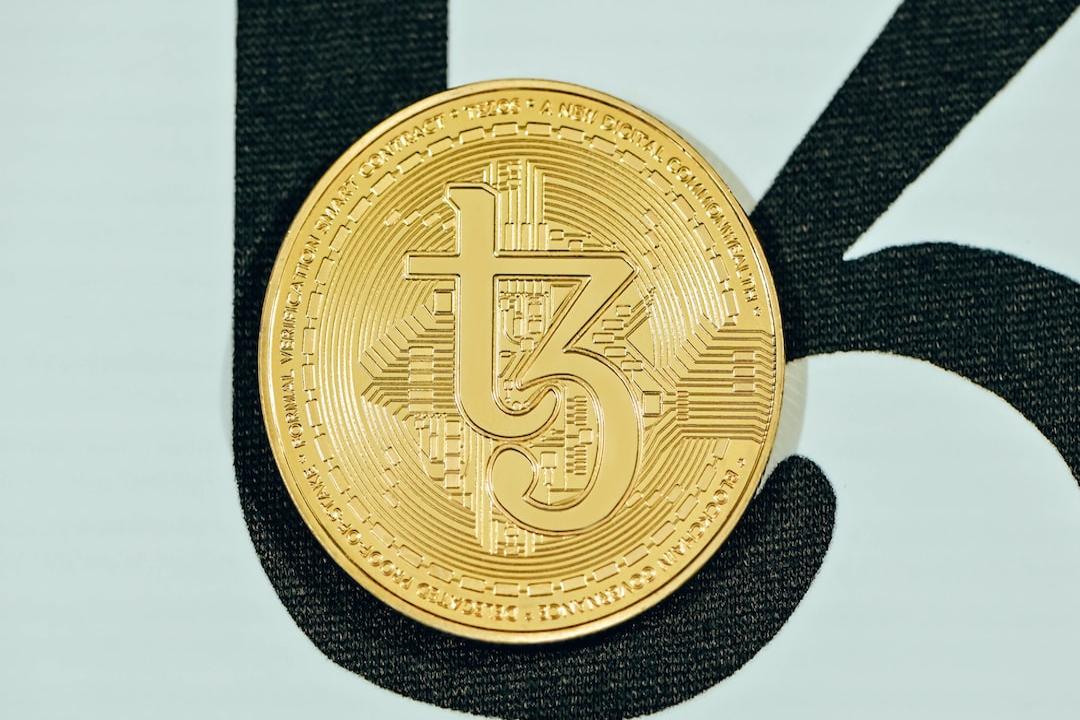IOTA 2.0, the latest version of the protocol, has been introduced with the aim of achieving global digital autonomy. This is made possible through the use of a decentralized, egalitarian, and sustainable Distributed Ledger Technology (DLT), which incorporates a Directed Acyclic Graph (DAG) called the Tangle and a collaborative, asynchronous Nakamoto-based consensus mechanism. The goal is to address scalability issues, maintain network utility, and prevent third-party control.
The emergence of Web2, with its centralized nature, has created a void in the digital realm, characterized by a lack of trust, autonomy, and genuine equality. Profit-driven entities and state actors cannot provide unbiased and universally accepted networks due to conflicting interests and the potential for control, manipulation, and the extraction of valuable data.
In response to this, Distributed Ledger Technology (DLT) has emerged as a strong contender for establishing an impartial and incorruptible system. IOTA 2.0 represents a beacon of digital autonomy, going beyond a mere technological update to offer a new era where digital autonomy is accessible to all. The protocol, developed by the IOTA Foundation after extensive research and prototyping, combines the best features of DLT with innovative tweaks and optimizations to effectively meet future digital needs.
IOTA 2.0 envisions an open, public, and interoperable DLT network that prioritizes autonomy, transparency, and security for all users. Its release marks a significant milestone in the journey towards decentralization, providing equal incentives and opportunities for all participants.
IOTA 2.0 introduces several unique features that empower individuals to navigate the digital future with independence. This includes feelessness and network utility, achieved through the use of Mana, a resource generated by token holders. Egalitarian tokenomics ensures fairness and prevents wealth accumulation bias, while decentralized consensus eliminates centralized control and manipulation. The protocol also enables robust conflict resolution, ensuring ledger integrity even in the presence of conflicts.
IOTA 2.0 goes beyond existing DLT landscapes, offering a blueprint for a future where digital autonomy is seamlessly integrated into our digital interactions. By sidestepping the limitations of conventional blockchain technologies, such as miner dependencies and transaction fees, IOTA 2.0 paves the way for a new chapter where technology and user needs align harmoniously.
As we move towards this promising future, the comprehensive architecture of IOTA 2.0 sets the stage for a tangible and accessible reality of digital autonomy. From its underlying DAG structure to its node networking layer, consensus mechanism, and innovative tokenomics, IOTA 2.0 establishes a solid foundation for a future where digital autonomy is no longer just a possibility but a reality for all.

